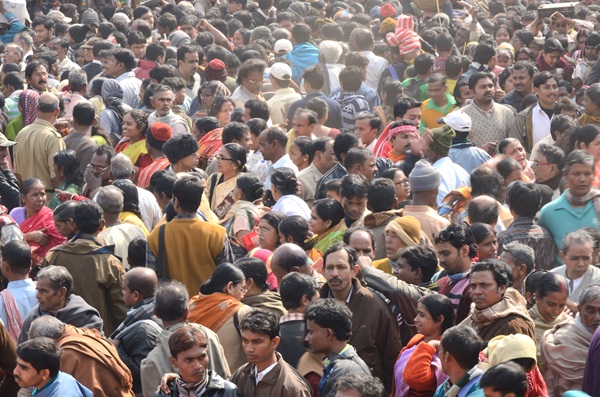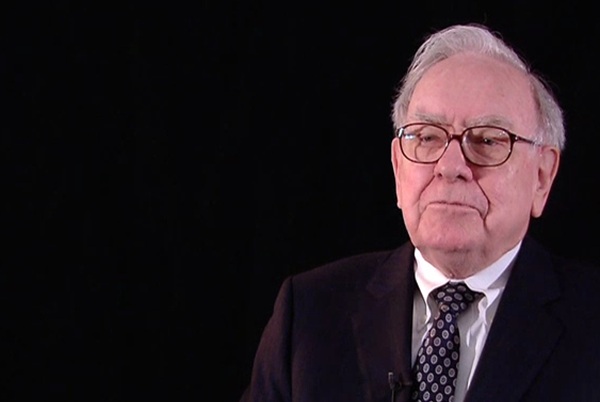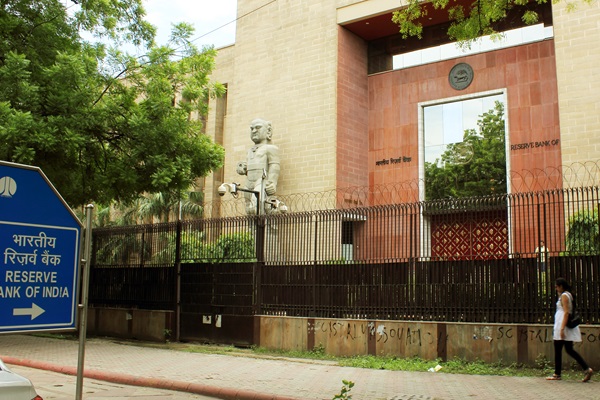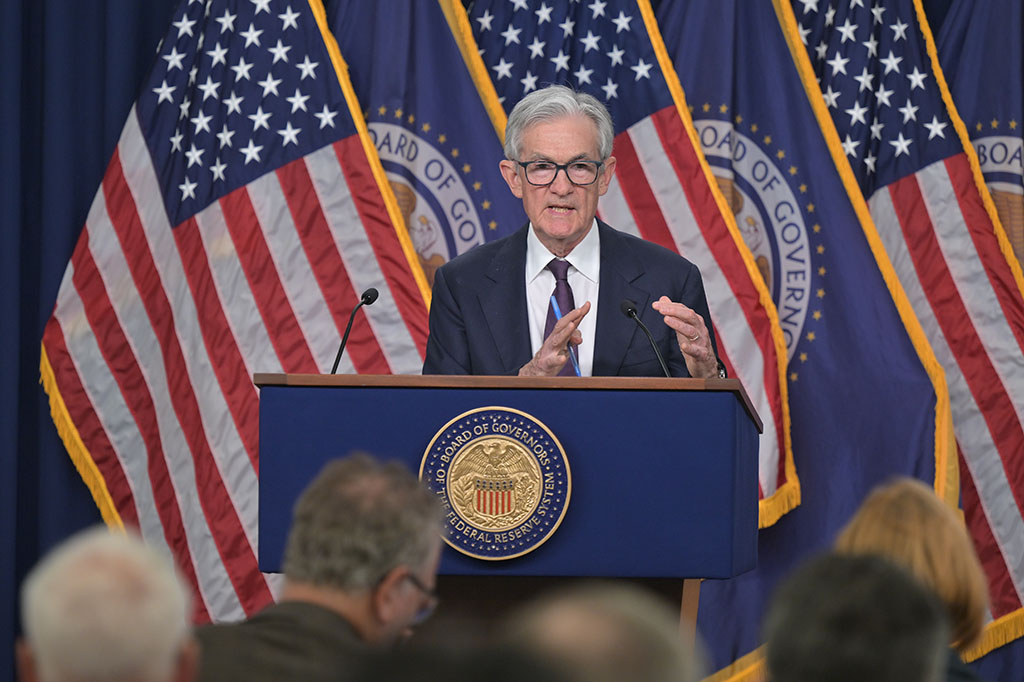.png)
India’s Job Market Stalls as Unemployment Creeps Up Again
After two months of mild improvement, India’s unemployment rate edged up in September, widening the gender gap and exposing the fragility of recent gains.

Akshi Chawla is a Delhi-based independent writer and editorial consultant.
October 15, 2025 at 3:34 PM IST
After two months of modest recovery, India’s job market has slipped back. The Periodic Labour Force Survey bulletin for September shows the country’s overall unemployment rate inching up to 5.2% from 5.1% in August. Both urban and rural areas recorded a 0.1 percentage point rise, reversing the slight progress seen earlier in the quarter.
The increase was sharper for women. Female unemployment rose to 5.5% from 5.2%, while men saw only a marginal uptick to 5.1%, widening the gender gap in joblessness to its highest level this year.
(Note: All numbers pertain to those aged 15 years+).
Uneven Recovery
The rise was near-universal across demographic groups. Only one segment—young rural women aged 15–29—saw a marginal improvement, with unemployment easing from 14.3% in August to 14.1% in September. Everywhere else, the trend went the other way.
In urban India, young women continued to face the steepest challenge. Their unemployment rate climbed from 25.7% to 26.4%, underscoring a persistent pattern of exclusion from formal employment. While other groups have experienced periodic fluctuations since April, joblessness among this cohort has remained consistently high—and steadily worsening.
Young men fared little better. In both rural and urban areas, their unemployment rate rose by 0.4 percentage points, suggesting that even the onset of the festive season, a period typically associated with hiring spurts in retail and services, failed to lift employment prospects.
Rising Participation
If there was a glimmer of optimism, it came from a modest improvement in labour force participation. The labour force participation rate for those aged 15 and above rose for the third straight month, reaching 55.3% in September compared to 55% in August. However, it remains below April’s 55.6%, suggesting that the overall pool of people working or seeking work has not fully recovered.
This month’s increase was largely driven by rural India, particularly by women. Rural female LFPR rose by 0.5 percentage points, from 37.4% to 37.9%, indicating that more women are entering or re-entering the job market, even if employment opportunities have not kept pace.
Reading the Numbers
The PLFS, conducted by the Ministry of Statistics and Programme Implementation, remains India’s most comprehensive labour market tracker. The September 2025 round covered 375,703 individuals across 89,291 households, offering one of the clearest snapshots of employment dynamics in the country.
In this survey, an individual is classified as unemployed if they did not work even for an hour on any day during the reference week but were available or actively seeking work. Those not working and not seeking work fall outside the labour force altogether.
While there is no formal benchmark for an “ideal” unemployment rate, economists generally consider 3–5% to be a sign of a healthy economy, allowing for natural churn and movement between jobs. By that measure, India’s overall joblessness may not appear alarming. Yet, the persistent gaps between genders, age groups, and regions reveal deeper structural challenges.
Urban women, particularly younger ones, continue to bear the brunt of weak formal job creation and limited access to flexible work. Rural women, despite greater participation, often remain concentrated in low-paying or informal roles. The headline rate, then, conceals a more uneven reality.



